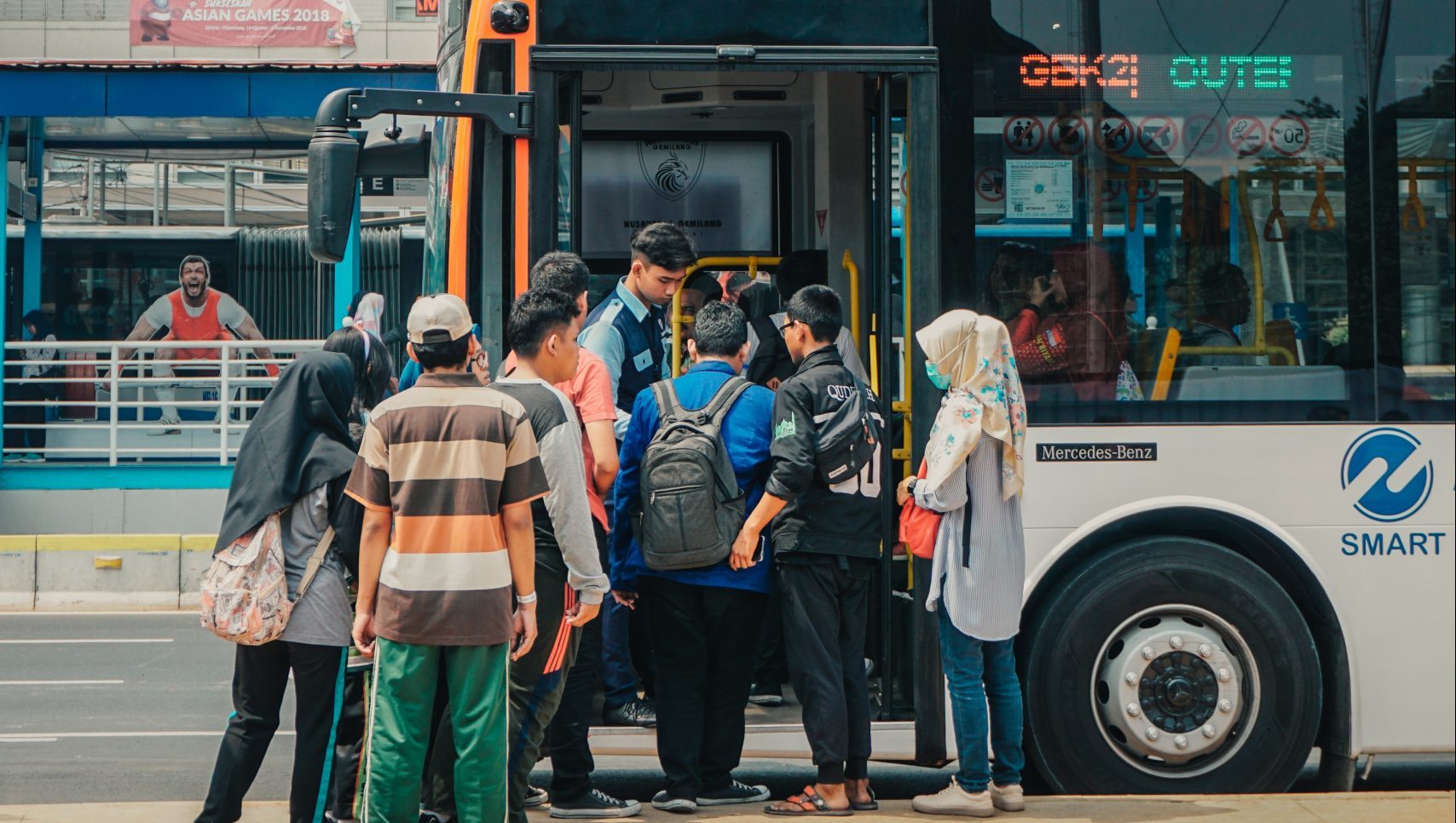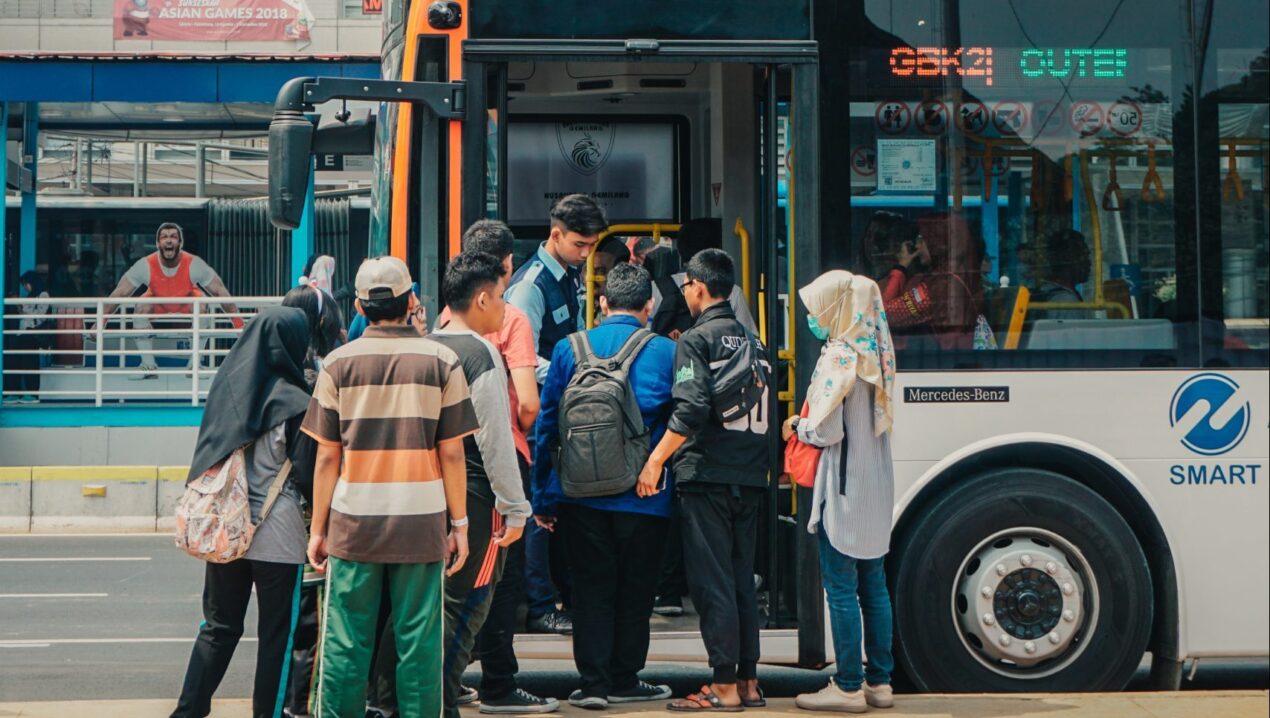
Policy Solution
Idle-free zones
Mandate

Case Studies
Summary
Gasoline-powered vehicles lose a majority of their energy as waste heat. Regulating the idling of vehicles can reduce local air temperature, decrease GHG emissions, protect human health.
Implementation
Enact legislation that limits the amount of time vehicles are allowed to idle.
Considerations for Use
Consider special requirements for school environments where children are especially vulnerable to air toxins.
Overview
Climate:
Cold, Hot/Dry, Hot/Humid, TemperatePolicy Levers:
MandateMandates are government regulations that require stakeholders to meet standards through building codes, ordinances, zoning policies, or other regulatory tools.Trigger Points:
City planning processesIncludes city initiatives such as the development of climate action plan, pathway to zero-energy, master plan, transit plan, energy mapping etc.No-regrets actions (low cost/low effort but substantial benefit)Interventions that are relatively low-cost and low effort (in terms of requisite dependencies) but have substantial environmental and/or social benefits.Intervention Types:
Planning/PolicySectors:
Education, Transportation
Case Studies
Impact
Target Beneficiaries:
Heat-vulnerable communities, ResidentsPhase of Impact:
Risk reduction and mitigationMetrics:
Changes in traffic or congestion
Implementation
Intervention Scale:
City, SiteAuthority and Governance:
City government, State/provincial governmentImplementation Timeline:
Short-term (1-2 Years)Implementation Stakeholders:
City government, State/provincial governmentFunding Sources:
Public investmentCapacity to Act:
High, MediumBenefits
Cost-Benefit:
LowPublic Good:
MediumGHG Reduction:
MediumCo-benefits (Climate/Environmental):
Reduce air and water pollution, Reduce greenhouse gas emissionsCo-benefits (Social/Economic):
Improve human health
